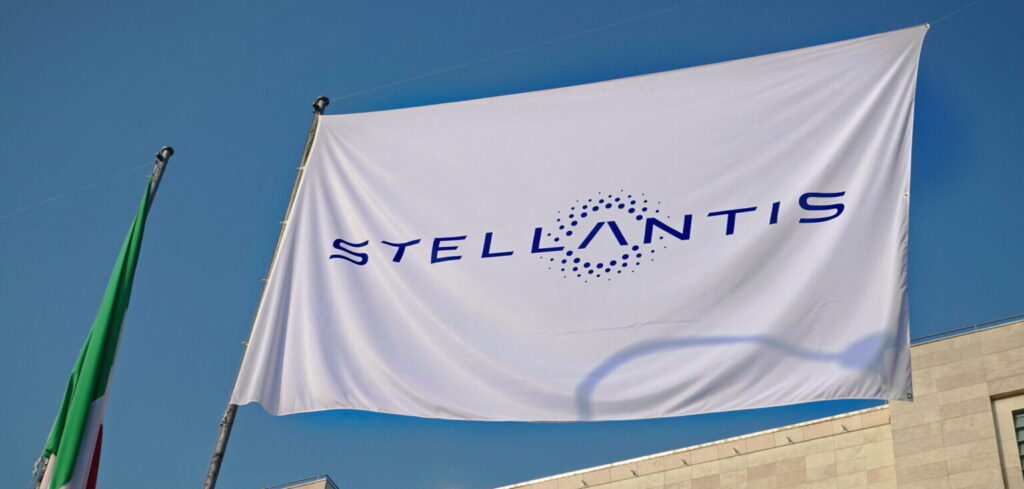Auto maker Stellantis is finalizing the testing of e-fuels on 28 engine families to help “accelerate the carbon emissions reduction potential” of the 28 million internal combustion engines (ICEs) it has produced in Europe since 2014. The manufacturer remains committed to sell only battery electric vehicles in the region by 2030.
The e-fuel being tested is drop-in replacement, synthetic fuel produced from captured atmospheric CO2 and renewable energy. Through the adoption of e-fuels, owners of ICE vehicles could easily and affordably reduce vehicle emissions without needing to purchase a new vehicle, fit any supporting upgrades or wait for new infrastructure to be built.
The 28 engine families – built from 2014 onwards – being tested and validated include both petrol and diesel variants. Testing is conducted on the powertrain’s tailpipe emissions, start-ability, engine power, reliability endurance, oil dilution and on the fuel tank, fuel lines and filters, among others.
If the 28 million vehicles fitted with Stellantis powertrains transitioned to the use of e-fuel, the manufacturer predicts that CO2 emissions in Europe could be reduced by 400 million tons from 2025 to 2050.
“We are doubling down on our fight against global warming by testing carbon-neutral fuel as a complementary solution to our holistic decarbonization approach,” said Carlos Tavares, CEO, Stellantis.
“While we remain steadfast in executing our aggressive electrification strategy, we must also find smart alternatives to address the CO2 emissions for the 1.3 billion existing ICE cars. By working to make sure our Stellantis engines are e-fuels friendly, we are aiming at giving our customers another tool in the fight against global warming and one that can have an almost immediate impact. It is also another action we are taking that is well aligned with our commitment to be carbon neutral by 2038.”


